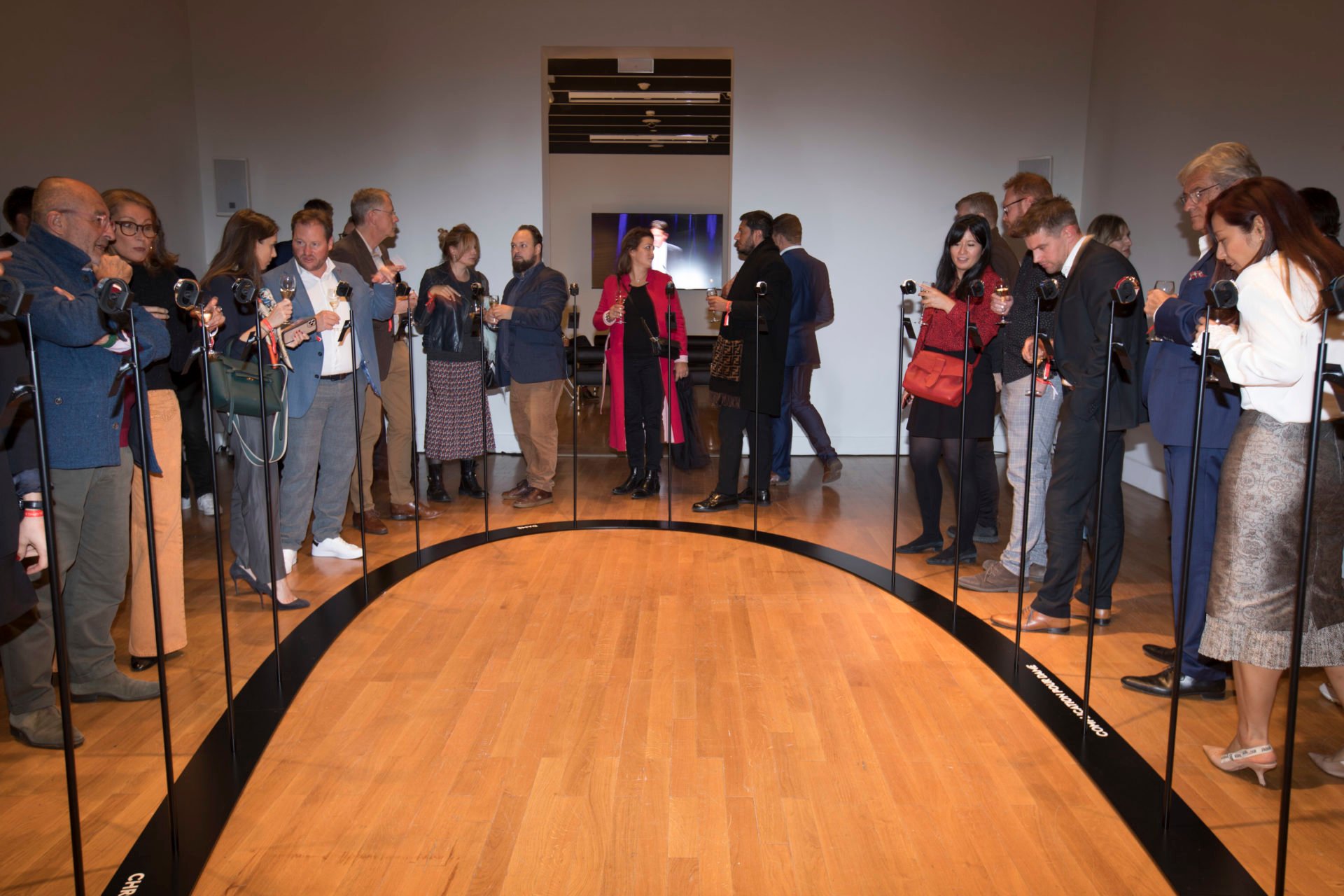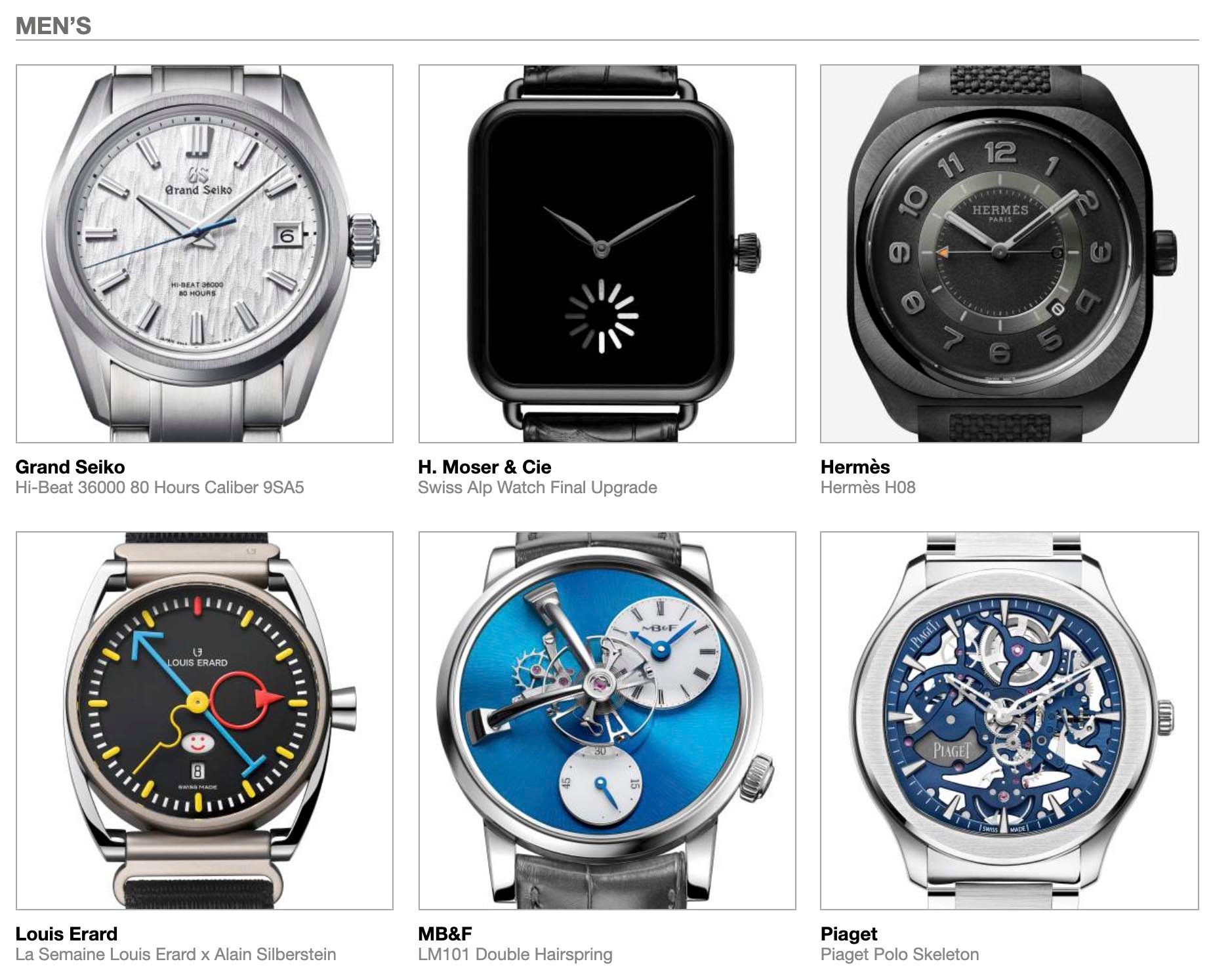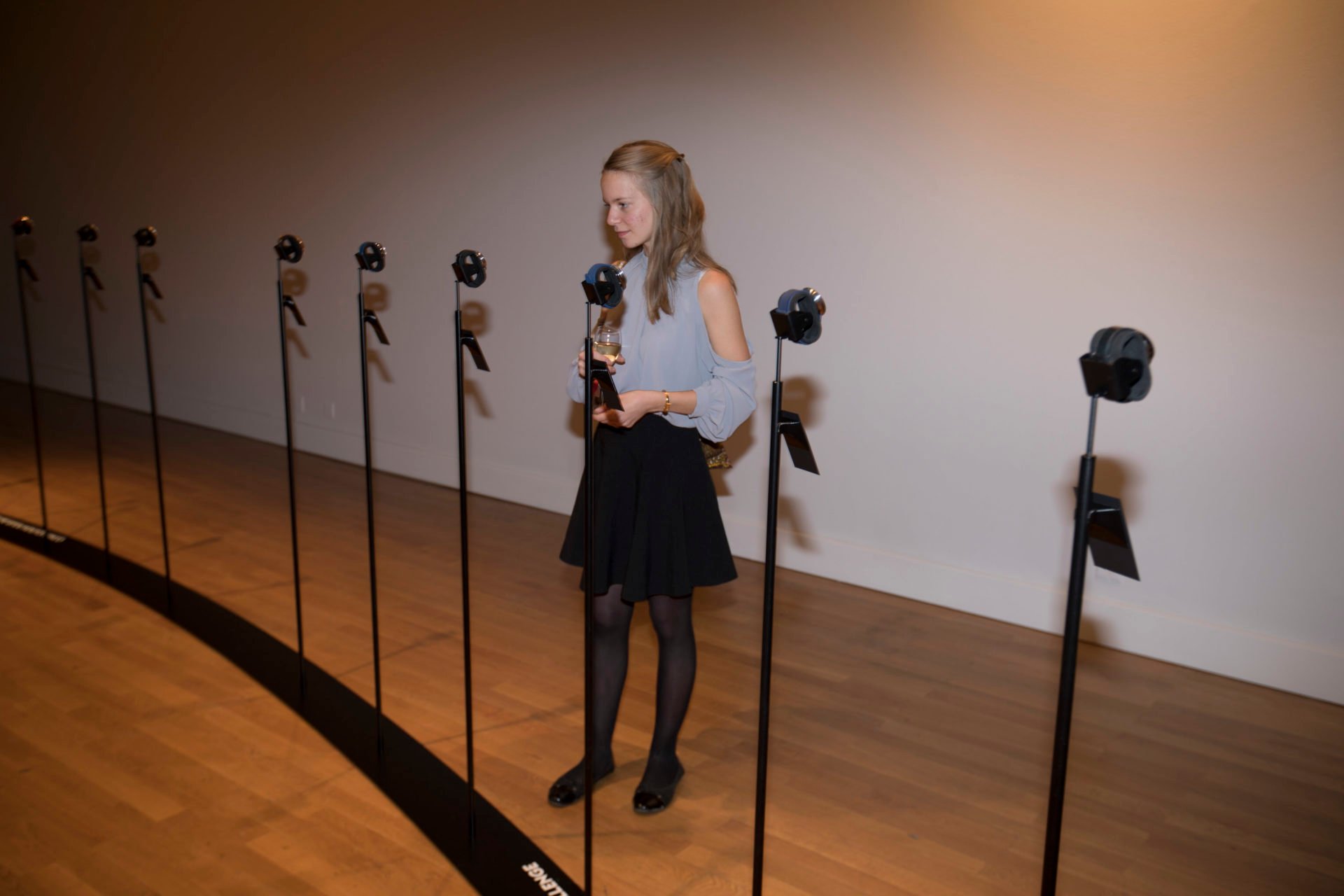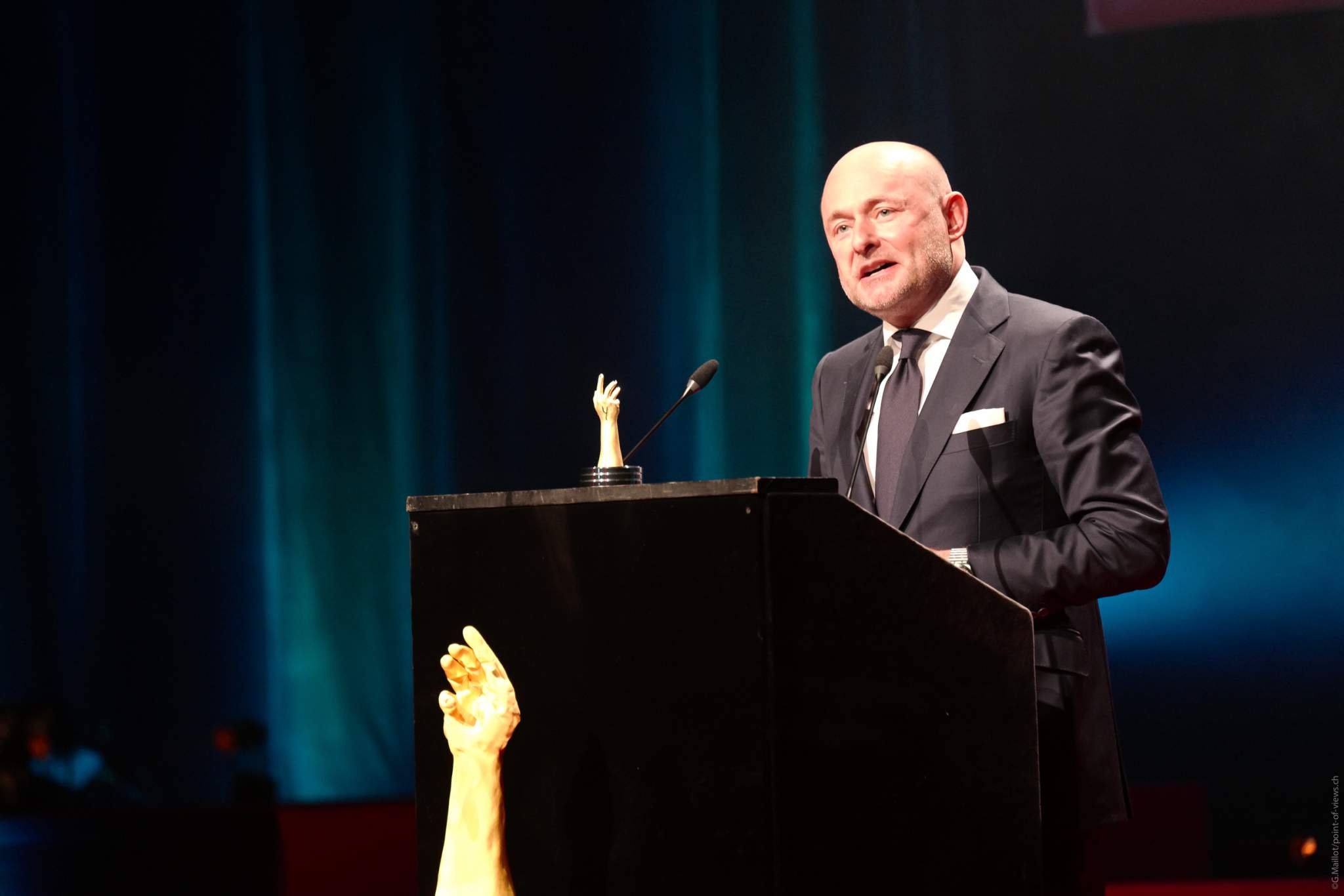You Asked Us: Why Don’t I See Some Of The Big Brands At The GPHG ?
Every year, we receive a number of questions from our readers about the Grand Prix d’Horlogerie de Genève, also known as the GPHG. According to some, one of the most important watch events of the year. One of the recurring questions on the GPHG is why some brands are missing completely from the nominated watches. Brands that make sense to be part of the nominations, or which could even perhaps go on to win a prize.
For this year’s GPHG contest, we received several questions as well. One of them came from Jeffrey, asking why certain brands aren’t included in the contest or nominations:
“Over the years, I’ve noticed some of the brands like Patek Philippe, Rolex, and Omega are missing from the GPHG. At least I expected them to be nominated for the Icon, Chronograph, or Diver’s categories at some point. What’s going on here?” -Jeffrey, one of our readers
A very valid question, and although the GPHG website discloses how brands can enter their watches and how the nomination process works, let’s explain how it goes down.
The GPHG competition
Each year, the members of the GPHG Academy propose watches to be selected for the contest. The list of Academy members consists of several hundred persons, all with their specific roles in the watch industry. From collectors, watch journalists, watch designers, and retailers, to brand CEOs. The GPHG divided the Academy members over 7 different categories or “colleges” as they call it. The following colleges are defined:
- College of watchmakers, designers, and artisans
- College of watch-related industries: subcontractors, component suppliers, etc.
- College of experts: educators, historians, watchmaking experts, etc.
- College of distributors and retailers
- College of journalists and influencers
- College of brands: CEOs, presidents, founders
- Guest college: collectors, end customers, aesthetes, other personalities, etc.
The GPHG categories
Each member of the Academy is then invited to propose 1-12 watches for at least 8 of the 14 categories defined by GPHG. The categories are as follows (from the official GPHG website):
- Ladies’: women’s watches comprising the following indications only – hours, minutes, seconds, simple date (day of the month), power reserve, classic moon phases – and potentially adorned with a maximum 9-carat gemsetting.
- Ladies’ Complication: women’s watches that are remarkable in terms of their mechanical creativity and complexity. These watches may feature all kinds of classic and/or innovative complications and indications (e.g. annual calendar, perpetual calendar, equation of time, complex moon phases, tourbillon, digital or retrograde time display, world time, dual time or other types of model) and do not fit the definition of the Ladies’ category.
- Men’s: men’s watches comprising the following indications only – hours, minutes, seconds, simple date (day of the month), power reserve, classic moon phases – and potentially adorned with a maximum 5-carat gemsetting.
- Men’s Complication: men’s watches that are remarkable in terms of their mechanical creativity and complexity. These watches may feature all kinds of classic and/or innovative complications and indications (e.g. world time, dual time, or other types of model) and do not fit the definition of the Men’s and Mechanical Exception categories.
- Iconic: watches from an emblematic collection that has been exercising a lasting influence on watchmaking history and the watch market for more than 20 years.
- Tourbillon: men’s mechanical watches comprising at least one tourbillon. Additional indications and/or complications are admissible.
- Calendar and Astronomy: men’s mechanical watches comprising at least one calendar and/or astronomical complication (e.g. date, annual calendar, perpetual calendar, equation of time, complex moon phases display, etc.). Additional indications and/or complications are admissible.
- Mechanical Exception: watches featuring a special mechanism, such as an innovative or sophisticated display, an automaton, a striking or any other acoustic function, a special escapement, a belt-driven movement, or any other original and/or exceptional horological concept.
- Chronograph: mechanical watches comprising at least one chronograph indication. Additional indications and/or complications are admissible.
- Diver’s: watches linked to the world of diving, whose functions, materials, and design are suited to this activity.
- Jewellery: watches demonstrating exceptional mastery of the art of jewelry and gemsetting, and also distinguished by the choice of stones.
- Artistic Crafts: watches demonstrating exceptional mastery of one or several artistic techniques such as enameling, lacquering, engraving, guilloché (engine-turning), skeleton-working, etc.
- “Petite Aiguille”: watches with a retail price between CHF 3,500 and CHF 10,000. Smartwatches are admissible in this category.
- Challenge: watches with a retail price equal to or under CHF 3,500. Smartwatches are admissible in this category.
The answer to Jeffrey’s question
Here’s where I can already partially answer Jeffrey’s question. At this stage of the process, an Academy member can propose any brand he or she likes to see nominated. All entries are anonymized but do get verified by the GPHG organization. Then, the brands proposed are approached by GPHG to confirm their participation. In addition, brands that have not been proposed by the Academy members are allowed to submit a watch to the selection. In case a brand decided to participate, they need to pay CHF 700 per candidate. When a brand does not want to participate, the watch is not added to the selection, despite the popularity of a watch among Academy members.
Then, when watches have been selected and brands confirmed participation, the first voting round starts. In this first round, Academy members select six watches per category and allocate points to each pick. The highest number of points to assign to a watch is 6, and the lowest is 1. As a result, there will be six watches in each category, totaling 84 nominated watches. The nominated watches take part in the rest of the GPHG competition and in the various exhibitions. In case a watch makes it through the first round and gets nominated, the brand needs to pay a single flat-rate confirmation fee of CHF 6,000 per watch.
Voting by Jury and Academy members
For the second voting round, 30 jury members are selected from the GPHG Academy. In the presence of a notary, the jury members meet up in Geneva, where they evaluate all nominated watches. In this second round of voting the jury members classify each of the six watches nominated in all the above-mentioned categories and award them marks from 1–10. Ten points being the highest, one the lowest. This second selection serves to designate the winning watches in each of the 14 categories. All nominations are then also submitted to the vote of the remaining Academy members (excluding the 30 members that have been appointed as jury members).
When it comes to each individual GPHG prize, the results of the Academy members’ vote count as 15 votes whereas the jury members’ vote counts for 30 votes. So in total, there are 45 votes given and this results in the final prizes. In case there’s a draw, the chairperson of the Jury has a final vote, as his vote will count double. More details and exceptions (like the maximum of prizes per competing brand in multiple categories, for example) are explained here.
So, the short answer to Jeffrey’s question is that it heavily depends on the proposals from the GPHG Academy members whether a watch is being selected and, in the end, nominated. But the brands also decide whether they want to be a part of this contest. I thought that it might be useful to give you some more insights into how the watches are being entered and who’s voting for them.
This year’s GPHG prizes will be announced on the evening of November 4th, at 6:30 PM.
*The header images shows Pascal Raffy, CEO of Bovet 1822, winner of the l’Exception Mécanique 2020 prize.




